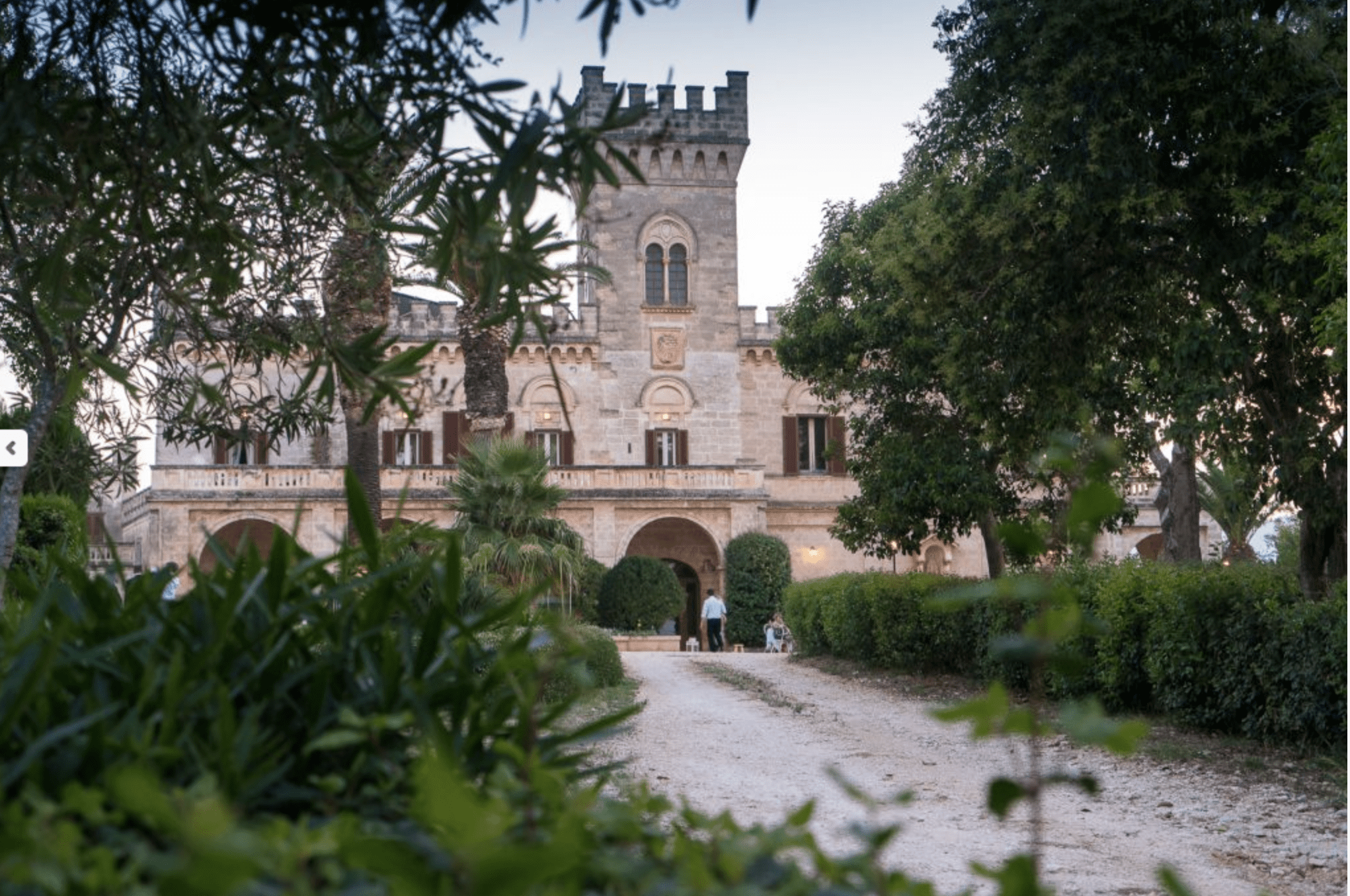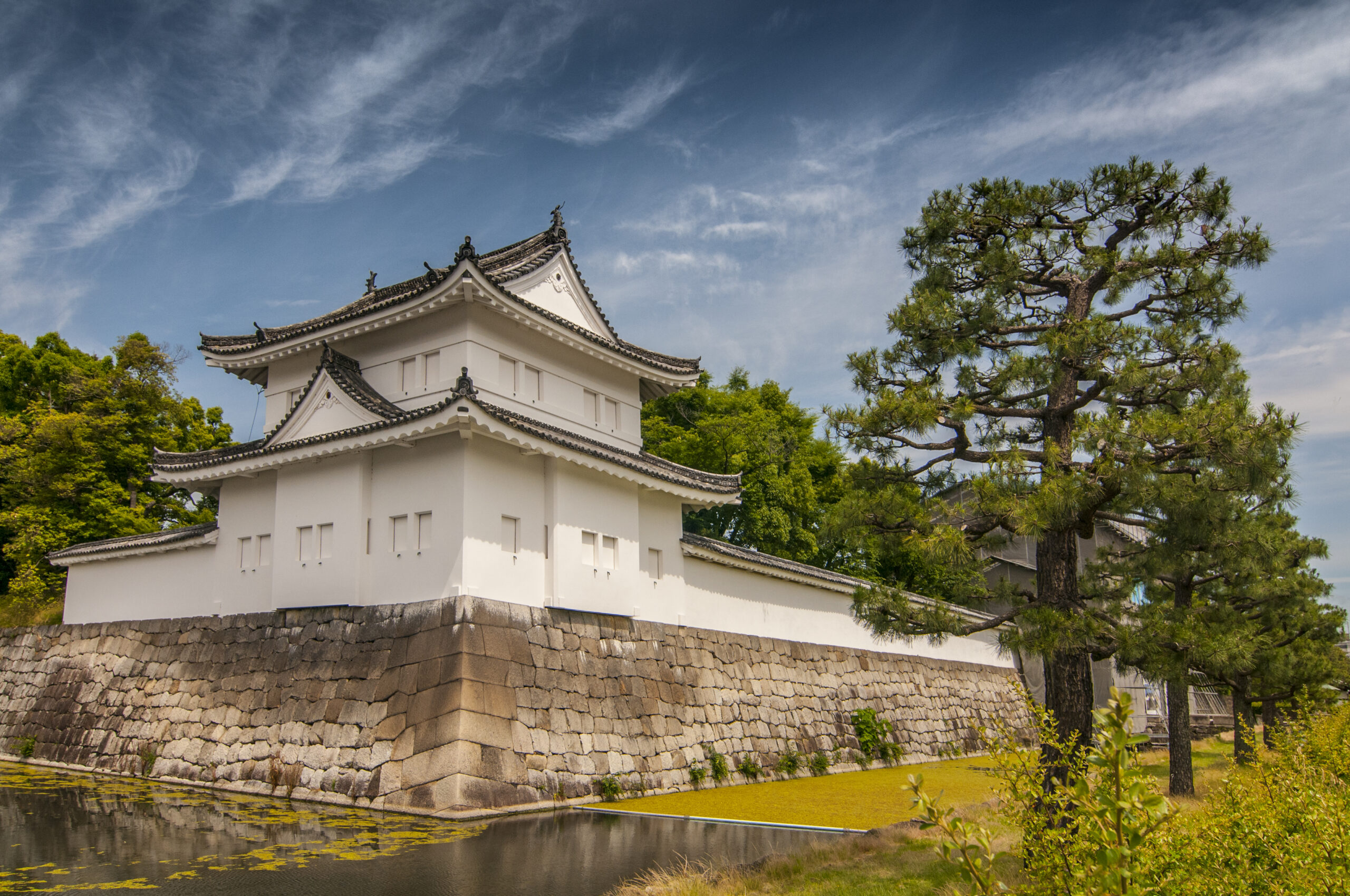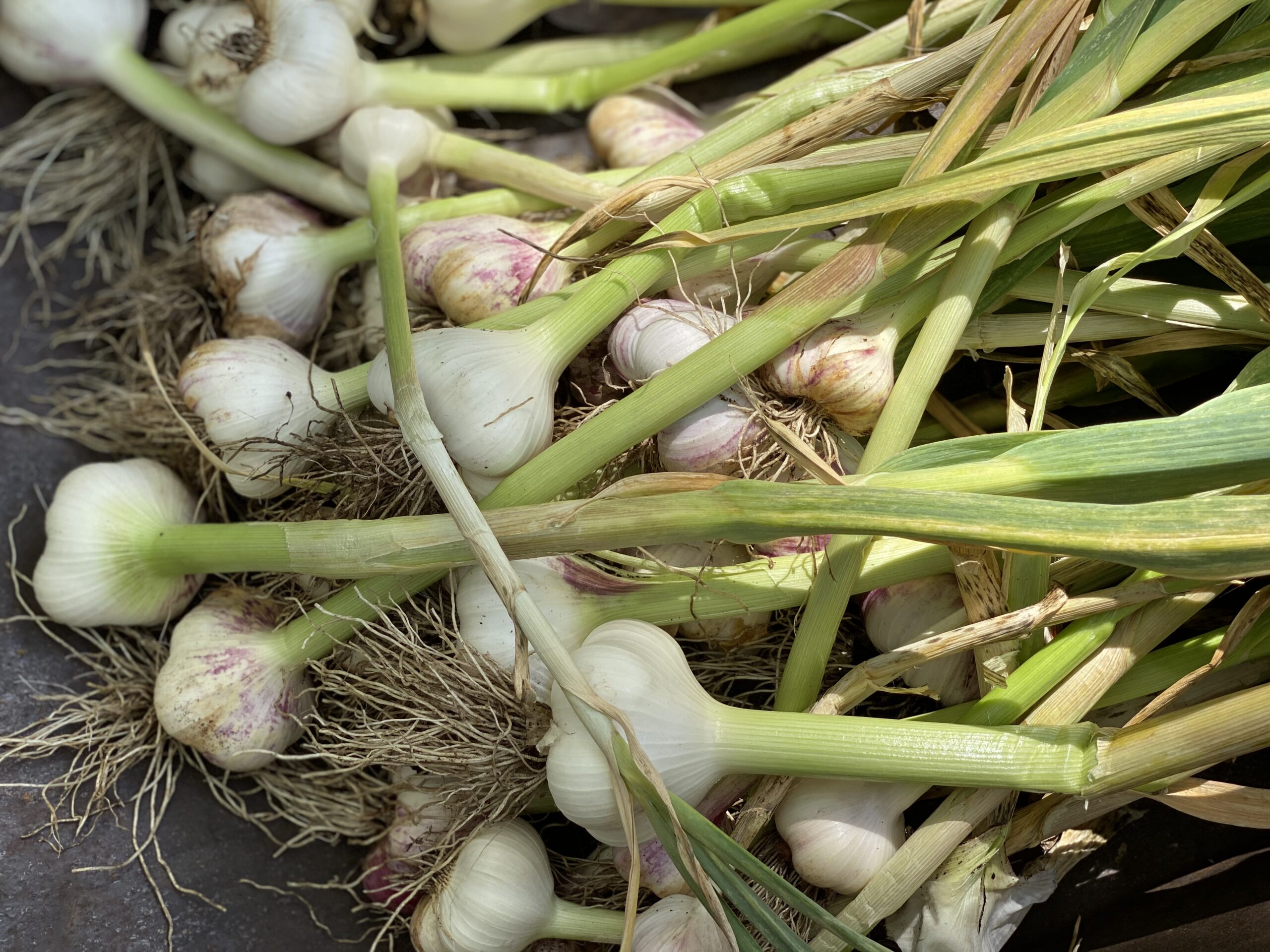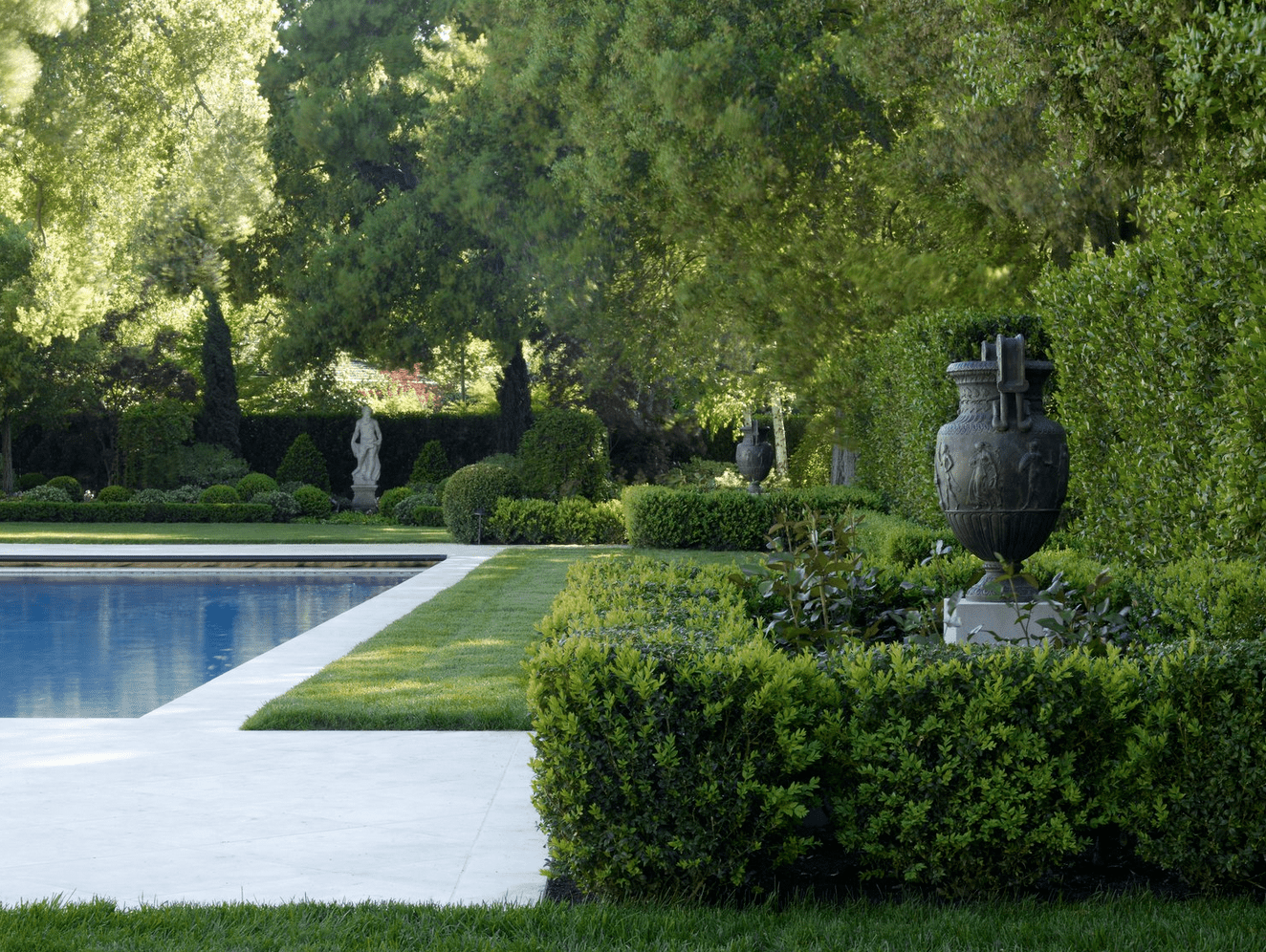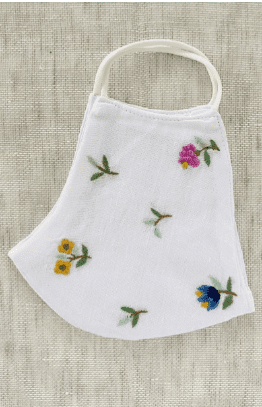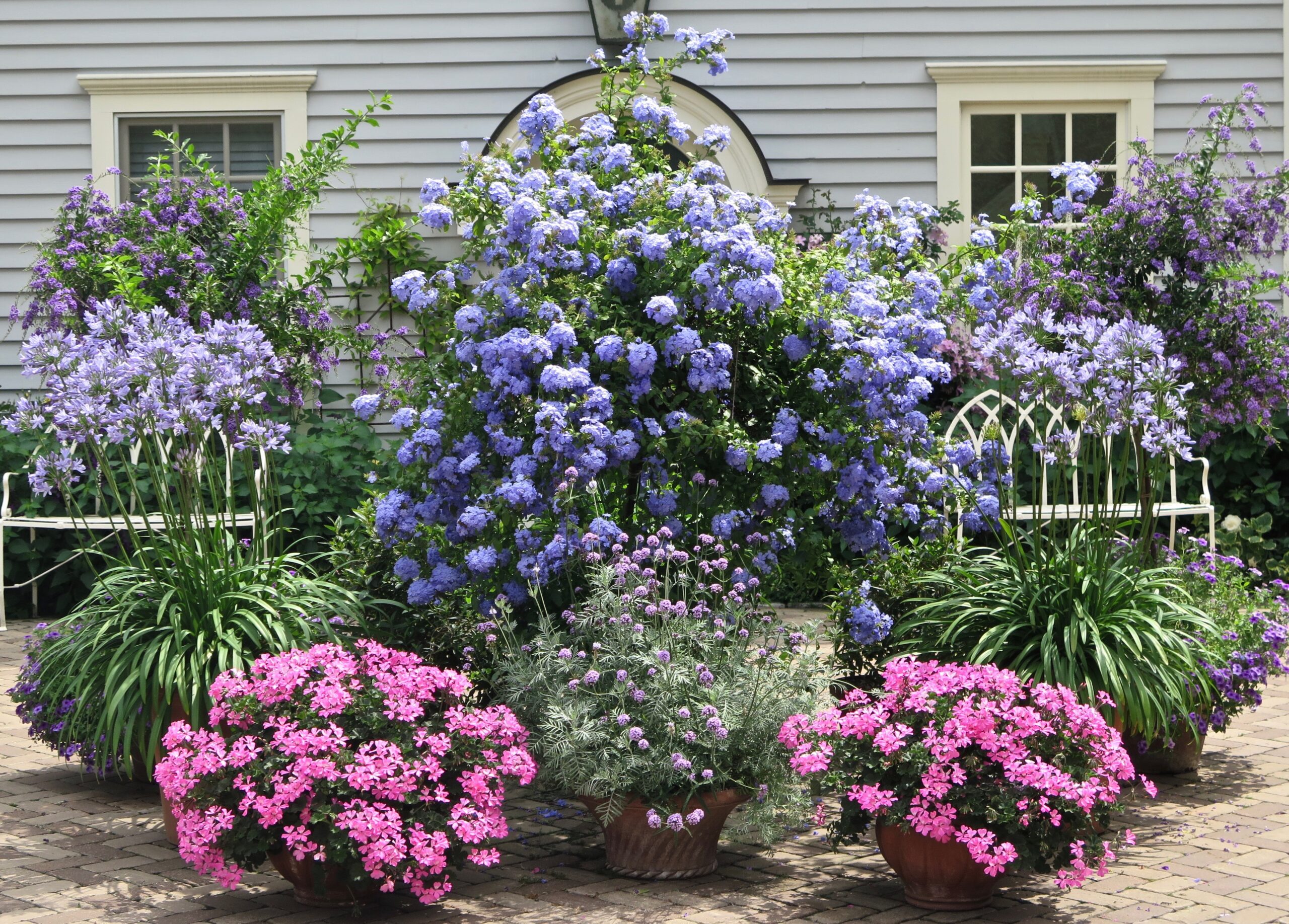I now realize that I knew nothing about olive oil until I met with Filippo de Miccolis Angellini, proprietor (along with his sister) of Masseria Salamina in the Puglia region of Italy. What a lovely man who is passionate about his craft, as well as the masseria which has been in his family for generations. (‘Masseria’ is italian for farm).
First of all, did you know that Puglia is the leading producer of olive oil in Italy? That this region produces more than 40% of all of the olive oil in Italy? There are over 60 million olive trees in this region – almost as many as the population of the entire country? I didn’t realize this until arriving in the region and seeing acre upon acre of olive groves as far as the eye can see. And many of the trees are hundreds of years old, like the tree below which is probably 400-500 years old, according to Filippo. It is immediately evident that olives are an important part of the local culture, commerce and pride, with the pervasiveness of the trees and masserias throughout the region.
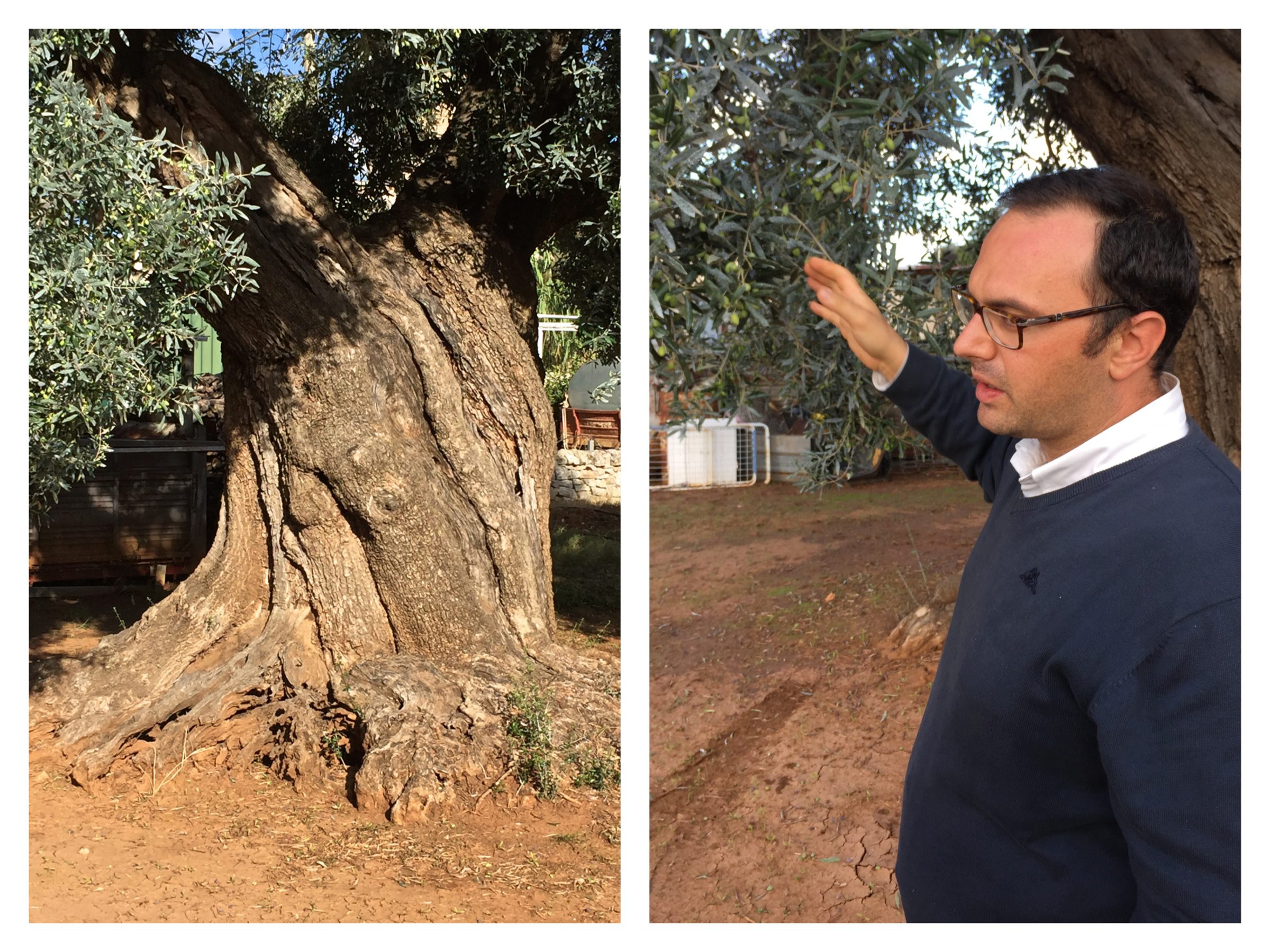

In Italy, olive oil producers are required to verify the quality of their olive oil through two tests – chemical and sensory in order to be labeled ‘extra virgin’. Chemical tests ensure that the olive oil meets not only customer standards, but the standards set by the International Olive Council (IOC). The goal of chemical tests are to ensure the oil is authentic and has not been adulterated with other oils or processed in an unacceptable way. For more information about what is measured in a chemical test, check out Prime Facts.
Sensory tests are performed by skilled, trained and certified test panels, recognized world-wide by the IOC, which maintains consistent standards for sensory evaluations. Eight tasters rate each oil individually for defects and positive attributes. The defects that are evaluated include 1) Muddy sediment, 2) Musty-humid-earthy, 3) Winey-vinegary, 4) Metalic, 5) Rancid, or 6) Others. If any one of these is present in the olive oil, it cannot be called Extra Virgin. The positive attributes that are evaluated include 1) Fruity, 2) Bitter and 3) Pungent.
It is interesting to note that most California brands of olive oil do not pass IOC standards, according to a UC Davis study…
I always thought that the ‘acidic’ throaty effect of olive oil indicated it was acidic and therefore not healthy. What I learned from Filippo is that this is the bitterness of the oil and an indication that it is healthy – the exact opposite!
There are many recognized health benefits from regularly consuming olive oil in our diets – cardiovascular, digestive health, bone health, cancer prevention, anti-inflammatory and cognitive function. This is clearly an oil we need to include in our diets.
Filippo says that his extra virgin olive oil is good for about 18 months from the date of harvest, if unopened, and 3-6 months once opened, provided it is stored in a coated metal container and kept in a cool (not refrigerated) environment. He is not a fan of glass bottles – even the ones that are dark green. That would rule out most of our olive oil sold in the US. I will be checking out the local Italian food purveyors when I get home…
Masseria Salamina produces up to 30,000 kilos of high quality, organic, extra virgin olive oil per year, depending upon the weather conditions each year. You’ll probably need to contact them directly to receive their olive oil, as they are not a large commercial operation. You can also check out other suppliers of other recognized extra virgin olive oil producers from this list of 2015-2016 winners.
Thank you Filippo from Masseria Salamina for a wonderful afternoon!

